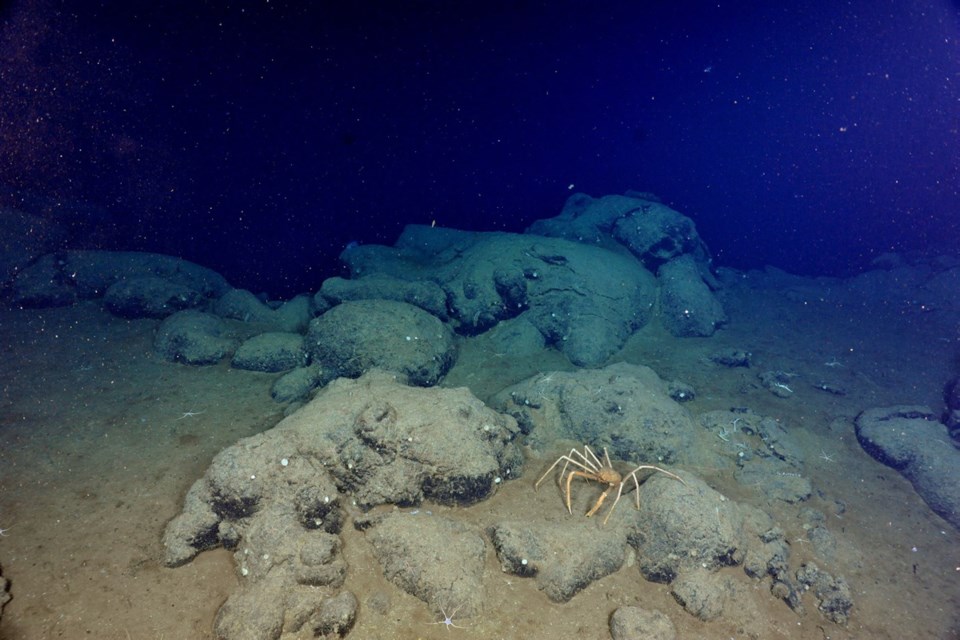As the world discusses how to reduce greenhouse gas emissions, a team of international researchers is embarking on a project to permanently remove carbon dioxide from the atmosphere.
The climate-change mitigation project, called Solid Carbon, hopes to extract carbon dioxide from the atmosphere and inject the greenhouse gas into basalt rock below the ocean floor, where it will turn into rock.
The team of scientists, engineers and social scientists from Canada, the U.S. and Europe wants to create a design that can be used around the world by 2050 to achieve negative emissions, which means more carbon dioxide is pulled from the atmosphere than is emitted.
The $1.5-million, four-year feasibility study starting Oct. 1 is funded by the Pacific Institute for Climate Solutions at UVic. Created in 2008 with an endowment from the B.C. Ministry of Environment, the organization studies the impacts of climate change to develop mitigation and adaptation strategies.
“This is really important, because as we know we’re not decreasing emissions around the world fast enough,” said Sybil Seitzinger, the organization’s executive director. “We’re not going to be able to stop all use of fossil fuels by mid-century, so we’re going to need ways to remove some of that [carbon dioxide] out of the atmosphere and put it somewhere where it’s permanently removed from reactions around the world.”
The project aims to combine existing technologies behind renewable energy production, carbon capture, offshore drilling and carbon mineralization in a new and cost-effective way. The team plans to power the project using wind, solar and thermal energy.
Technologies exist to sequester carbon dioxide in reservoirs, but they’re not permanent, so the greenhouse gas could escape, said Kate Moran, president of Ocean Networks Canada and project lead.
Moran said the goal of this project is to ensure carbon dioxide is permanently removed. “The reality is that we have all the pieces right here — the know-how, the knowledge — among all the partners we have,” Moran said.
The project focuses on ocean basalt for a couple of reasons. A research project in Iceland showed that carbon dioxide reacts with the porous rock on land to become carbonate rock within two years.
This project is injecting carbon dioxide into ocean basalt, because more than 90 per cent of basalt on Earth is found in the deep ocean beneath the ocean floor.
The feasibility study aims to answer questions about the rates at which carbon dioxide can be pumped into the basalt and how much of the greenhouse gas the rock can hold. The team will also work on a plan to determine how to inject carbon dioxide into the ground.



